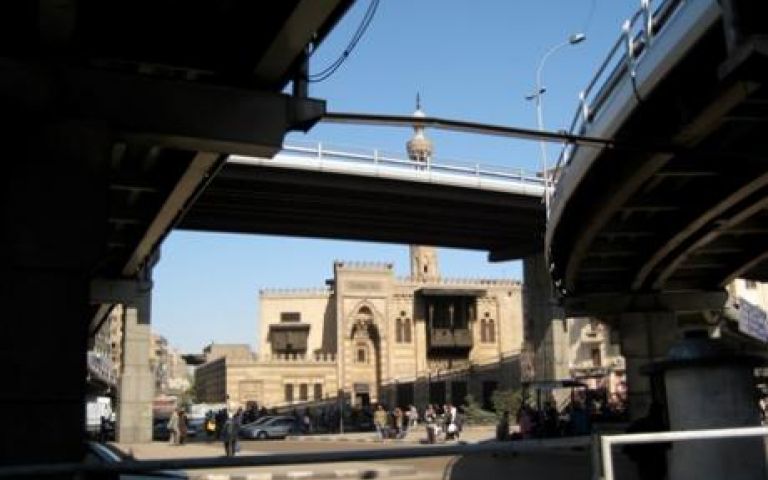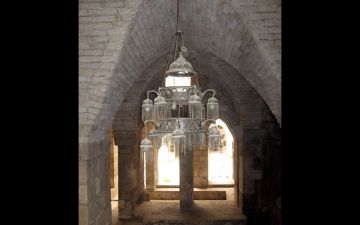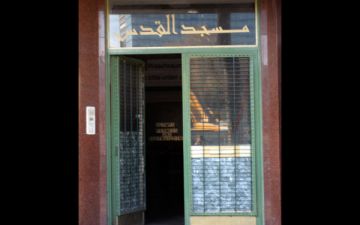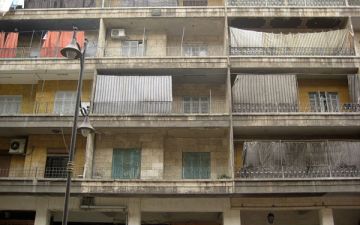As an urban planning graduate student at the Hamburg University of Technology, Egyptian architect Mohamed Atta researched what he saw as the intrusions of Western modernist architecture and Western tourists into traditional Arab cities. Atta's thesis criticized the damage done to the traditional character of the historic city of Aleppo, Syria by Western architecture and urban planning and proposed how to undo that damage. In a graduate fellowship project, he similarly criticized an Egyptian government-sponsored historic preservation proposal for the Islamic quarter of Cairo which called for emptying the neighborhood of its residents and replacing them with actors in period dress as part of a tourism development scheme.
Far more than a record Atta's architectural taste, his thesis provides a window into how he saw the history of the Middle East from the time of Mohamed's conquests right up to the present tensions with the West. Understanding Atta's academic research and writing—both its legitimate insights and its egregious mistakes—is crucial to understanding the worldview that led him to knock down the West's best-known modernist skyscrapers on the morning of September 11, 2001.





